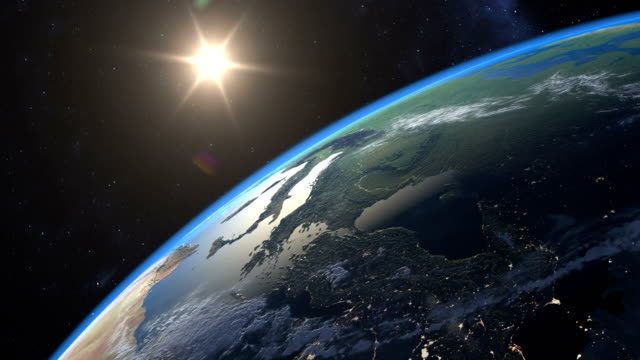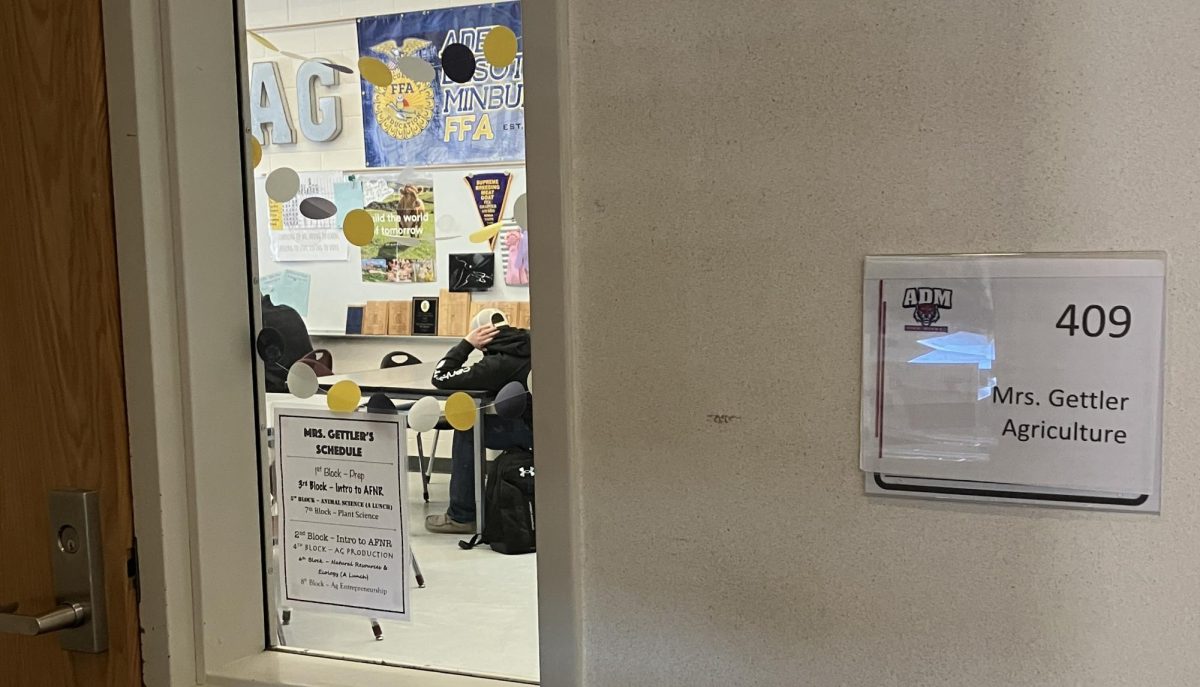For decades, scientists have been searching across the galaxy for a potential planet that could sustain the human race. While the process has been slowly painful for NASA, recent information has allowed scientists to make a groundbreaking discovery. At the beginning of February, NASA announced that a planet 137 light-years away has the potential to mirror the habitable conditions of Earth itself.
The planet named “TOI-715 b” is undergoing study as scientists begin to uncover the truths about the planet. Right now, NASA is beginning to determine whether the “Super-Earth” has the right amount of measurements to potentially sustain life on its surface. NASA in a statement said, “Several other factors would have to line up, of course, for surface water to be present, especially having a suitable atmosphere. But the conservative habitable zone puts it in prime position, at least by the rough measurements made so far.”
This Super-Earth orbits its sun-like star at just the right distance that water could potentially be present on its surface. This distance will also allow scientists to make a hypothesis that the atmosphere has the right conditions for plants to grow and animals to live. NASA’s newest space instrument, such as James Webb’s Space Telescope, will allow for further and more accurate observations of the newly found solar system.
This discovery could open the door to many possibilities in the future as NASA and other scientists begin to have conversations about space travel and life outside of Earth. This discovery of a habitable planet when confirmed would, “become the smallest habitable-zone planet discovered by TESS so far. The discovery also exceeded early expectations for TESS by finding an Earth-sized world in the habitable zone.”








